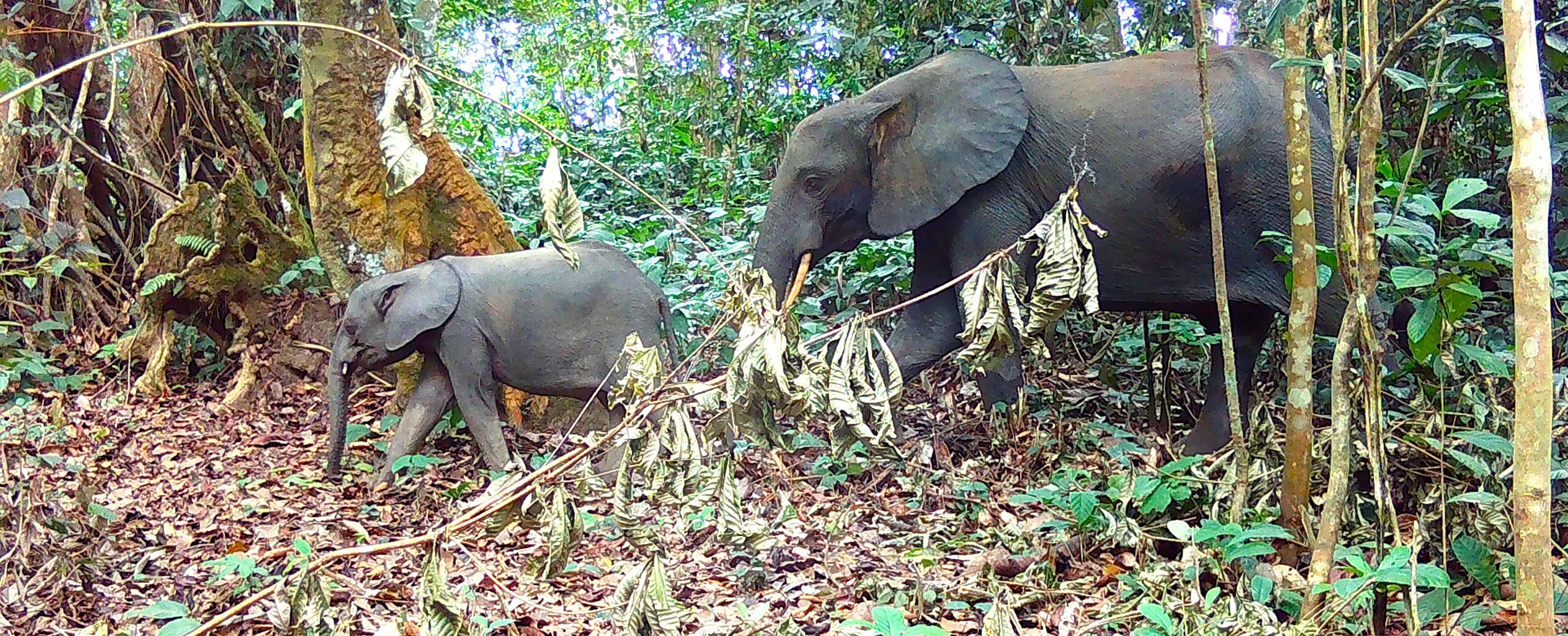Forest elephants (Loxodonta cyclotis) live in the forests of central and west Africa. Smaller in size than the savannah elephant (Loxodonta africana), the forest elephant is also distinguished by smaller family units, generally made up of one or two females accompanied by their young. Its diet is adapted to a forest environment, with a significant consumption of fruits.
This species faces pressing challenges to its survival. The International Union for Conservation of Nature classified it as “critically endangered” in 2021, a category reserved for species whose populations have lost more than 80% of their numbers in just three generations. Today, it is estimated that there are fewer than 150,000 forest elephants left, although their population may have numbered several million individuals in the past.
The causes of this decline are the intensification of the ivory trade during the industrial era, combined with an increase in deforestation. Demand for ivory, far from declining in recent years, has exploded in Asia and led to a resurgence in elephant poaching in Africa. Even the populations present in the forests of the Congo Basin, until now relatively preserved due to the difficult access to their habitat, ended up being fully affected. They thus experienced a dramatic loss of more than 60% of their numbers and 30% of their habitat. Today, 95% of the Democratic Republic of Congo’s forests are now elephant-free.
Currently, more than half of forest elephants live in Gabon, although this country represents only a small portion of the species’ historical habitat. Gabon constitutes an exceptional habitat, with forest cover over more than 88% of its territory, without insurmountable physical barriers. Elephants are found both inside and outside protected areas.

